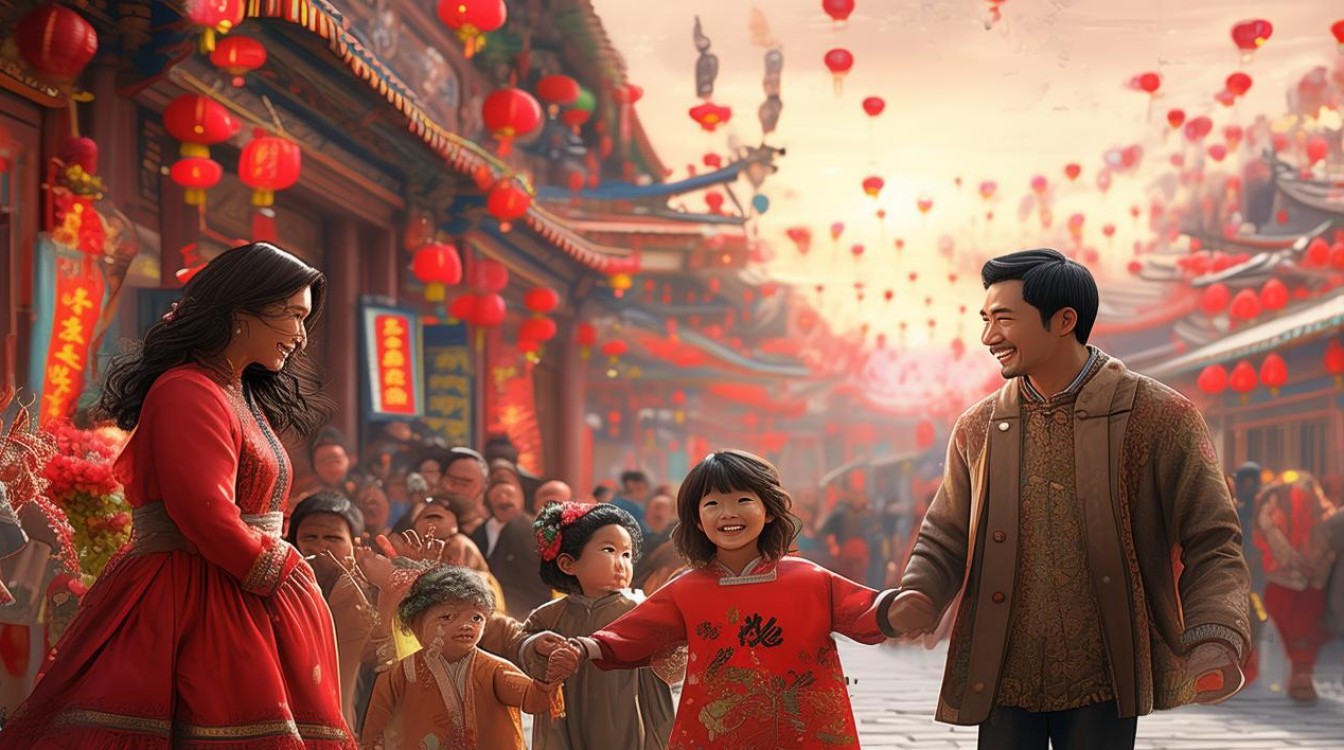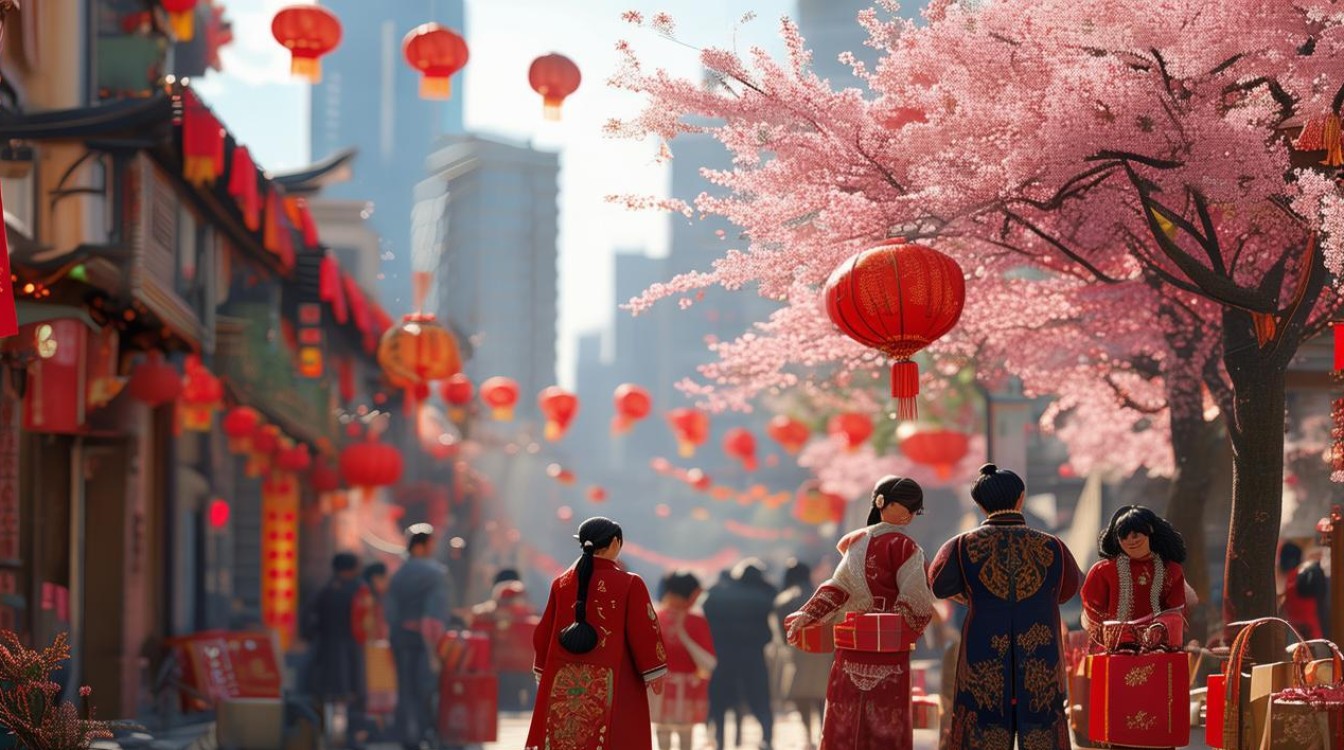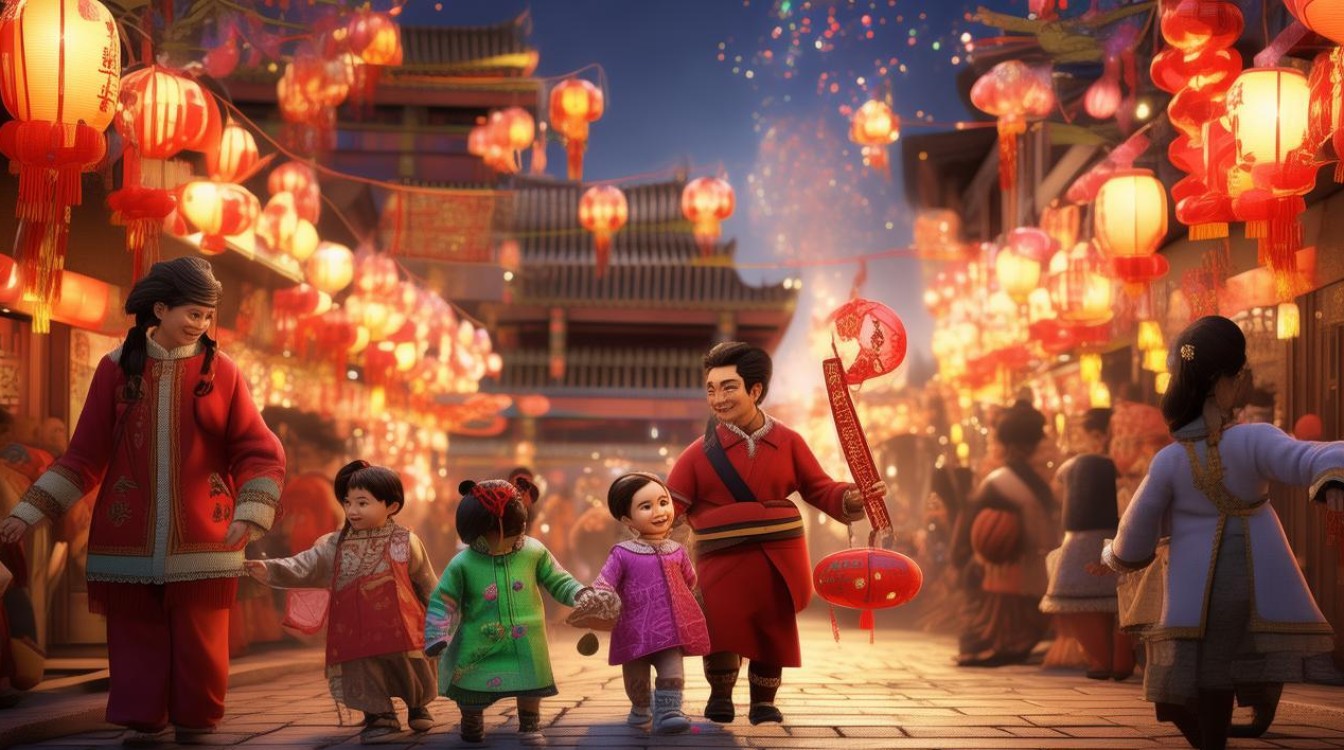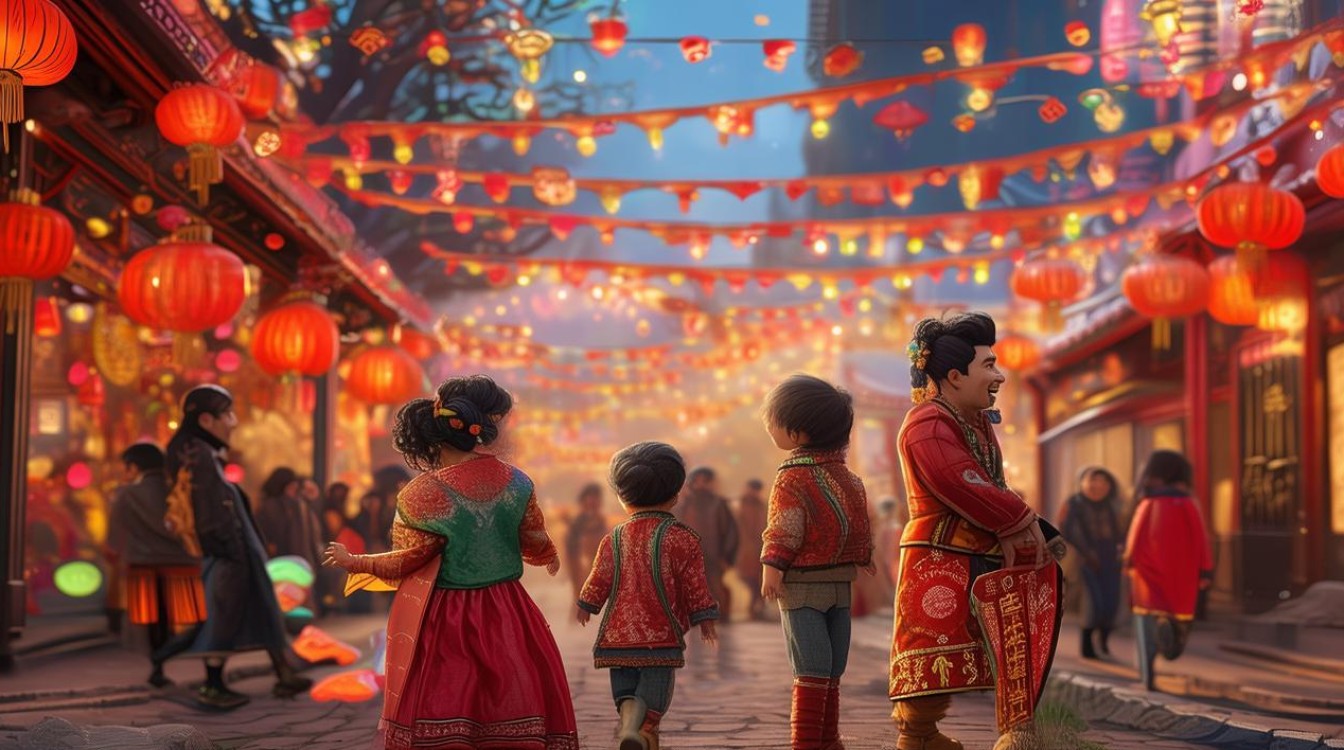The Spring Festival, known as Chinese New Year, marks the beginning of the lunar calendar and stands as the most significant holiday in China. Rooted in centuries of tradition, this festival blends cultural rituals, family reunions, and vibrant celebrations. For those unfamiliar with its depth, understanding the Spring Festival offers a window into Chinese heritage and values.

Origins and Legends
The origins of the Spring Festival trace back to ancient agrarian societies. One popular legend speaks of "Nian," a mythical beast that terrorized villages at year’s end. Villagers discovered Nian feared loud noises and the color red, leading to customs like firecrackers and red decorations. Over time, these practices evolved into symbols of luck and protection.
Another layer of meaning comes from the festival’s ties to ancestor worship. Families honor their lineage, believing prosperity in the new year depends on blessings from past generations. This connection between past and present underscores the festival’s enduring relevance.
Preparations: Cleaning and Decorating
Weeks before the festival, households engage in "sweeping the dust," a thorough cleaning to remove bad luck and welcome fresh energy. Every corner is scrubbed, symbolizing a reset for the coming year.
Decorations play a central role. Red lanterns, couplets with poetic verses, and paper cuttings adorn doors and windows. The character "福" (fu), meaning "fortune," is often displayed upside down, as the Chinese word for "upside down" sounds like "arrive," signifying the arrival of good luck.

Reunion Dinner: A Feast of Symbolism
The reunion dinner on New Year’s Eve is the heart of the festival. Families gather, often traveling long distances, to share dishes laden with meaning. Fish represents abundance, dumplings symbolize wealth, and glutinous rice cakes signify rising prosperity. Each bite carries wishes for the future.
In northern China, dumplings are shaped like ancient silver ingots, while southern families favor sweet rice balls for unity. Regional variations highlight China’s diversity, yet the emphasis on togetherness remains universal.
Celebrations: Fireworks and Red Envelopes
At midnight, fireworks light up the sky, echoing the ancient practice of scaring away evil spirits. The louder the noise, the brighter the hopes for a fresh start.
Children eagerly await "hongbao," red envelopes filled with money. Given by elders, these gifts convey protection and goodwill. Digital hongbao via apps like WeChat now modernize the tradition, blending old and new.

The Lantern Festival: A Dazzling Finale
Fifteen days later, the Lantern Festival concludes the celebrations. Streets glow with intricate lanterns, and riddles written on them challenge passersby. Tangyuan, sweet rice balls, are eaten to symbolize family unity. The festival’s end marks a return to daily life, carrying forward the optimism of the new year.
Global Influence and Modern Adaptations
Today, the Spring Festival transcends borders. Chinatowns worldwide host parades with dragon dances and lion performances. Even non-Chinese communities join the festivities, drawn to its universal themes of renewal and connection.
Modern life has introduced changes. Virtual reunions via video calls bridge distances, and eco-friendly fireworks address environmental concerns. Yet the essence—honoring tradition while embracing progress—remains unchanged.
The Spring Festival is more than a holiday; it’s a living tradition that adapts without losing its soul. Whether through ancestral rites or shared meals, it reminds us of the power of unity and hope. As the world grows faster, such moments of reflection and joy become even more precious.


